Tennis Elbow Gotcha Down?
Have you experienced pain at the outside of your elbow or forearm? This pain can increase when holding an object at arm’s length, gripping, and twisting and turning motions. Oftentimes this pain is sharp with use and becomes achy and tight with rest.
The majority of the muscles of your forearm attach at the end of your humerus, just above the elbow, called the humeral epicondyle and assist with movement of your wrist, forearm, elbow and fingers. When these muscles become irritated and painful from overuse, you can develop a condition called epicondylitis. Epicondylitis is a specific type of tendinitis, or irritation/inflammation of the tendon at the musculotendinous junction or at the insertion of the tendon to the bone.
The muscles that flex the wrist are on the inside of your elbow and attach to the medial epicondyle. Medial epicondylitis, known as “golfer’s elbow”, affects the inside of the arm. The muscles that extend the wrist up are located on the outside of your elbow and attach to the lateral epicondyle. Lateral epicondylitis, also known as tennis elbow (from a backhand swing) tends to be more common.
Tendinitis in general, and epicondylitis specifically, can lead to muscle weakness and joint stiffness, as the body avoids using these muscles to decrease pain. Prolonged pain and weakness can cause chronic pain and irritation creating muscle imbalances and persistent pain, even without use. This pain can be difficult to get rid of, as we are continuously using our hands and arms. Rest alone is often not enough to address the root causes of the pain.
Research has demonstrated that the best way to relieve tendinitis is through progressive loading of the tissue in order to strengthen and lengthen the muscle and musculotendinous junction. Depending on how your symptoms are presenting, treatment will start by reducing the pain through: massage, dry needling, electrical stimulation, taping, manipulation, mobilization, cupping, stretching and scraping. Then as the tissue can tolerate more stress, a resistive load is added to help strengthen and decrease the stress on the tissue during everyday use. With persistence and steady strengthening, this load can be increased to allow for the decrease the stress and strain on the tendon due to of the pain-provoking activities of gripping and the use of hand tools (wrenches, screwdrivers, scissors, pruners, etc.). Lastly, therapy will focus on the complete elimination of pain by training the quick contraction forces of these muscles such as throwing, tossing, flicking, painting, etc.
Oftentimes, contributing factors to lateral epicondylitis are: shoulder stiffness or weakness, wrist stiffness or weakness, muscular imbalance due to repetitive tasks with wrist flexors becoming strong and tight and the wrist extensors becoming weak and strained, poor posture that can contribute to poor body mechanics and nerve compression.
The goal of therapy is to not just eliminate your pain, but to restore mobility and address the contributing factors. This will provide you with the resilience and strength to break out of the cycle of recurrent pain.
If you are ready for relief from epicondylitis, please schedule an appointment with us at Refuge Physiotherapy!
